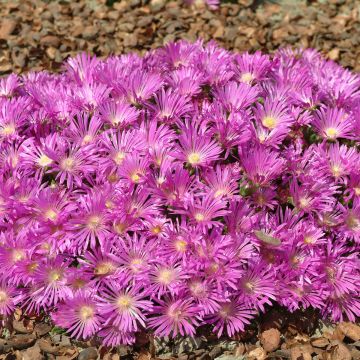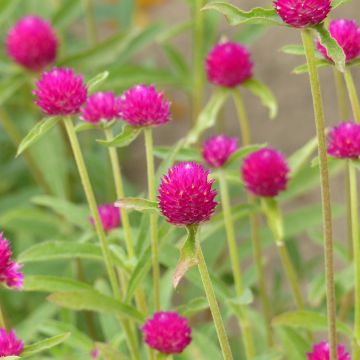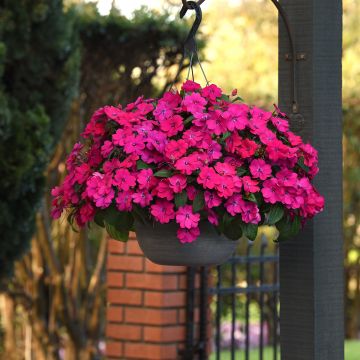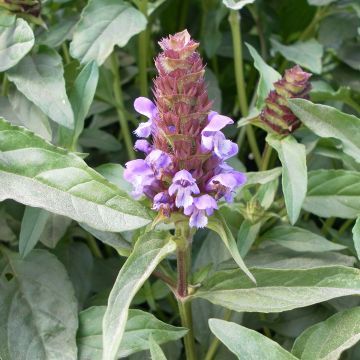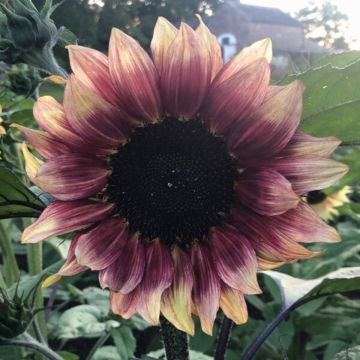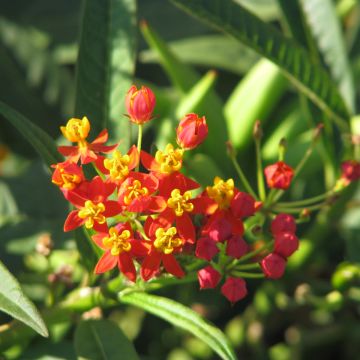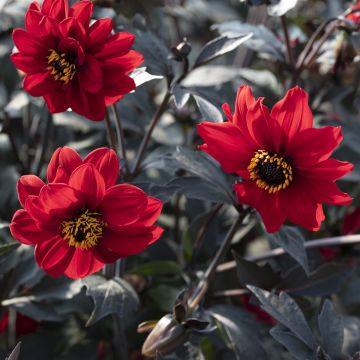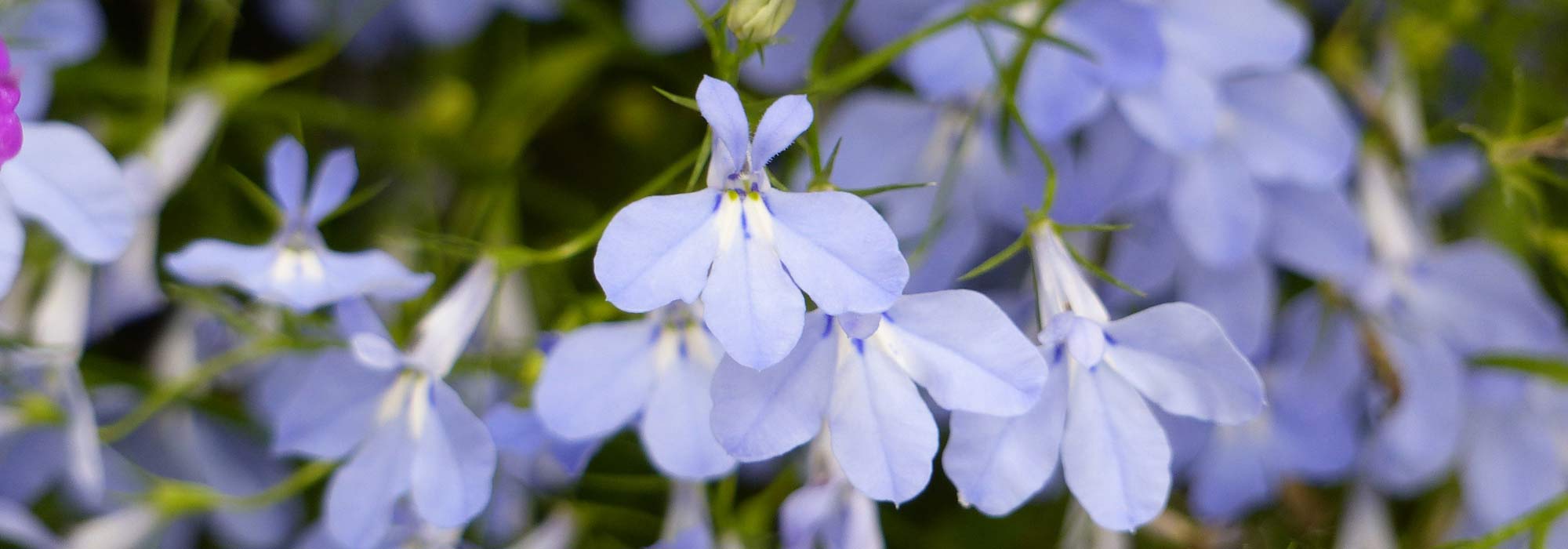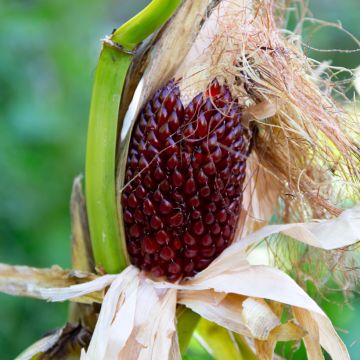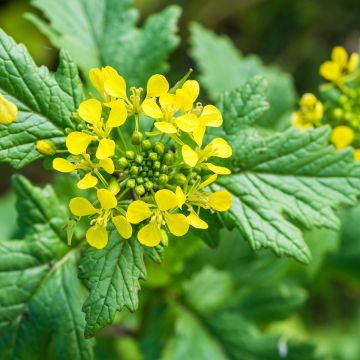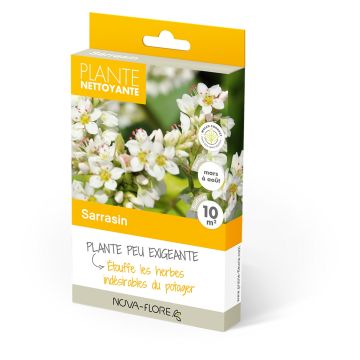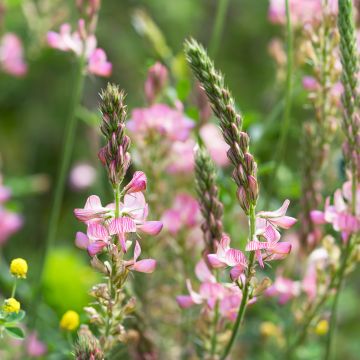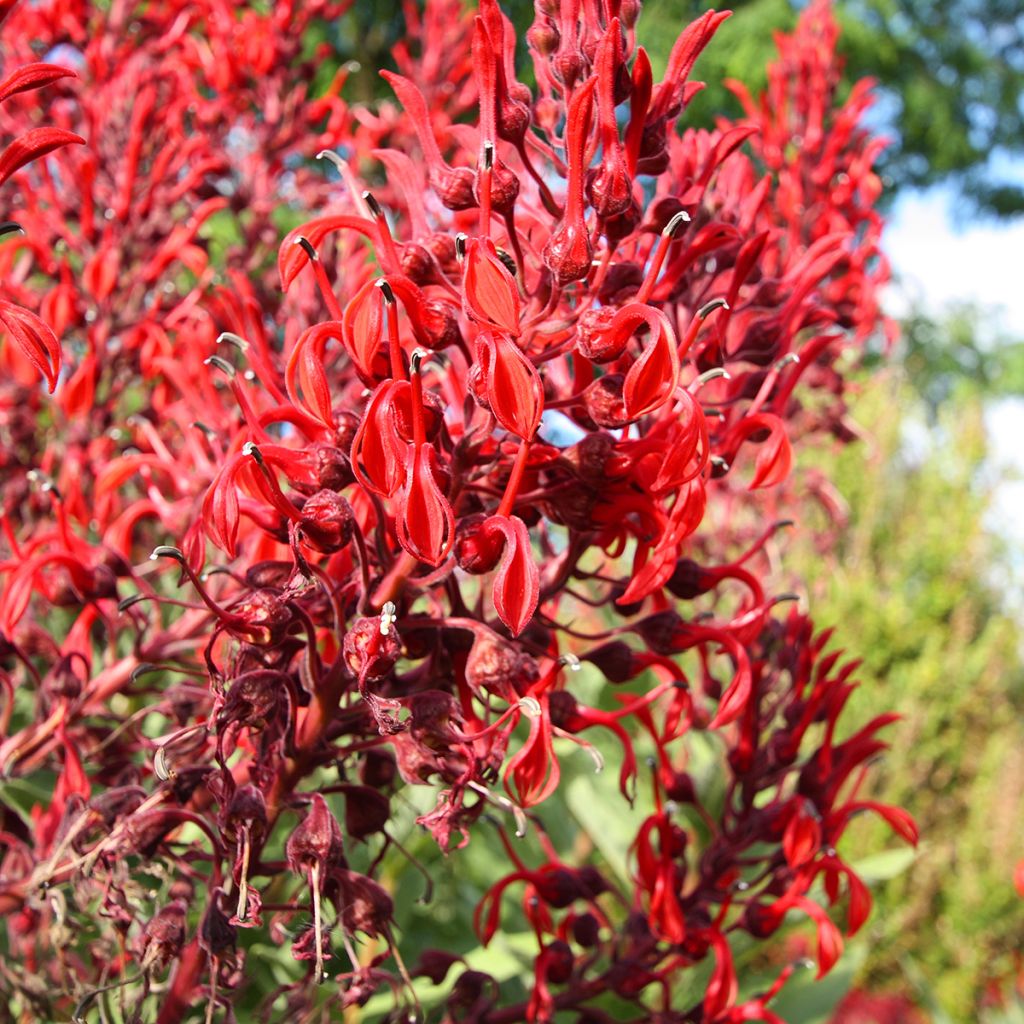

Lobelia tupa - Devil's Tobacco seeds
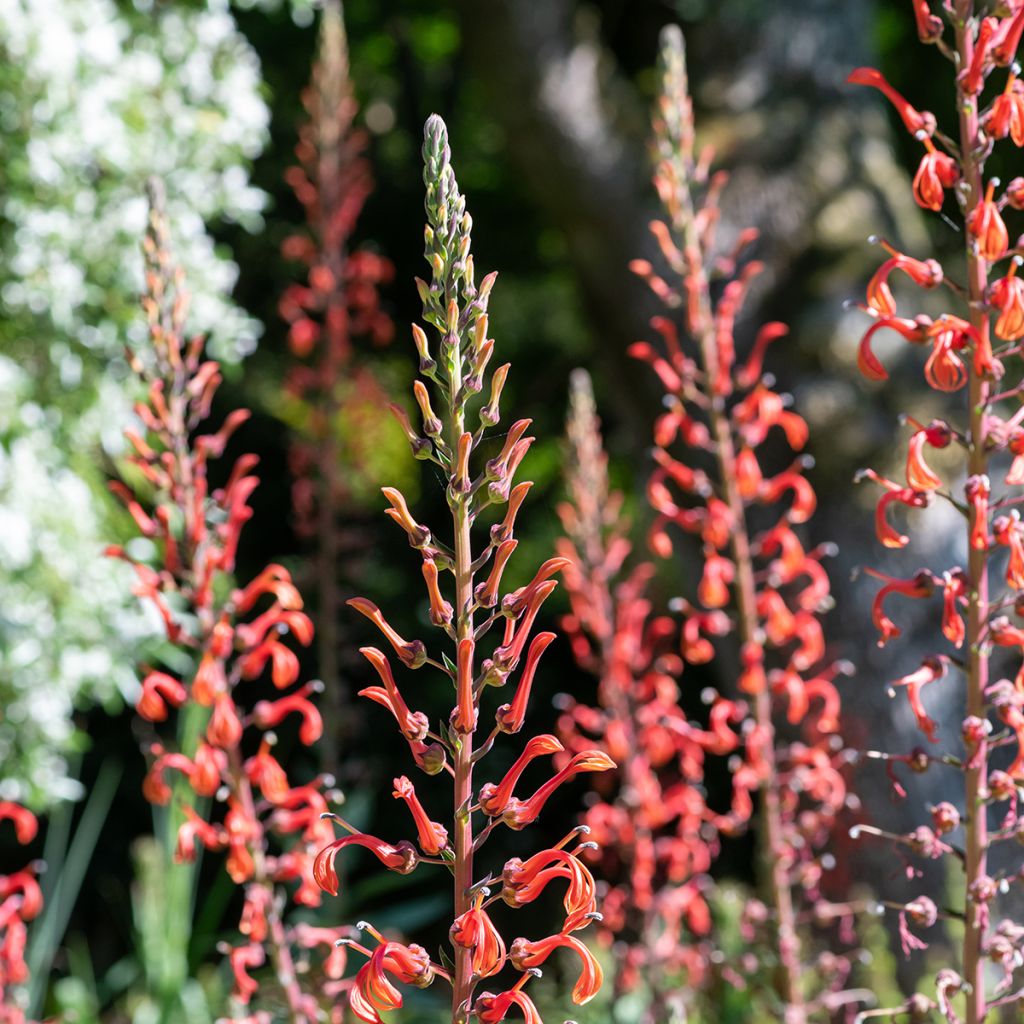

Lobelia tupa - Devil's Tobacco seeds
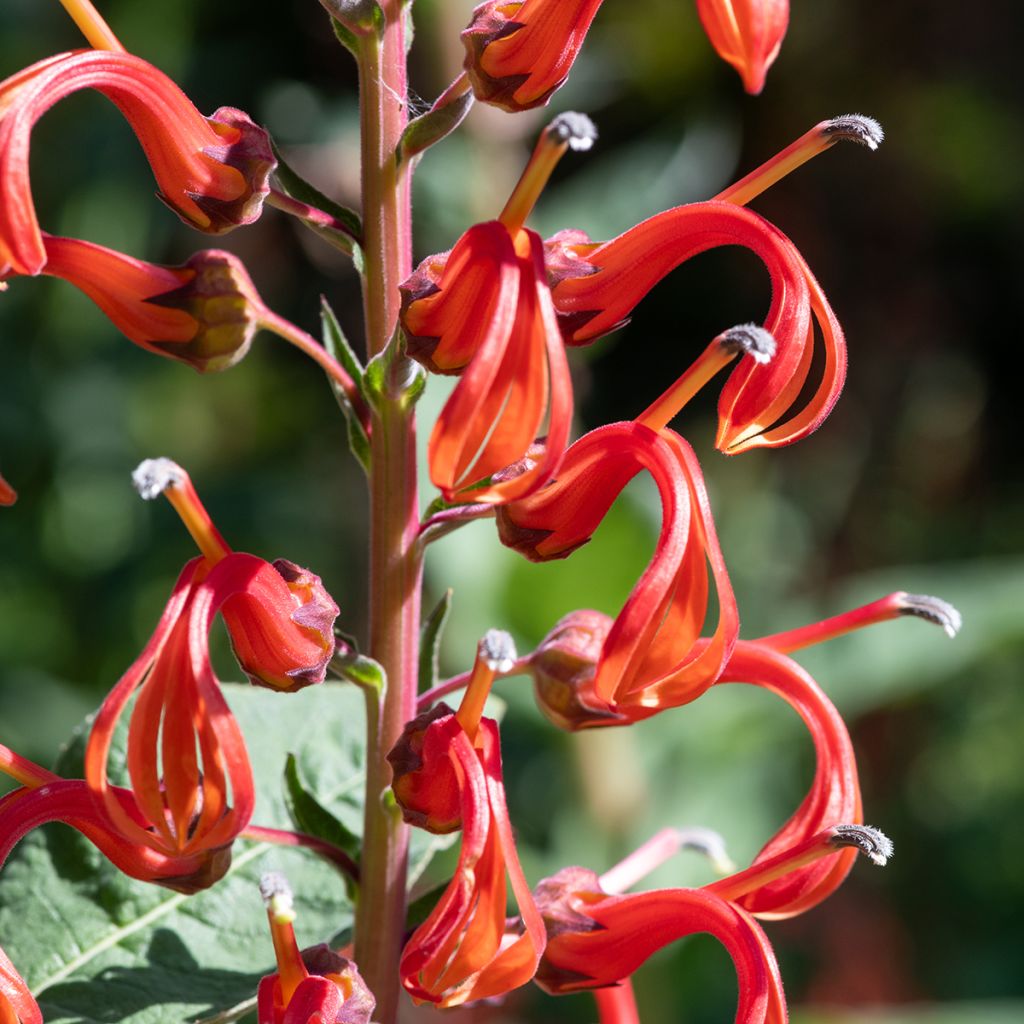

Lobelia tupa - Devil's Tobacco seeds
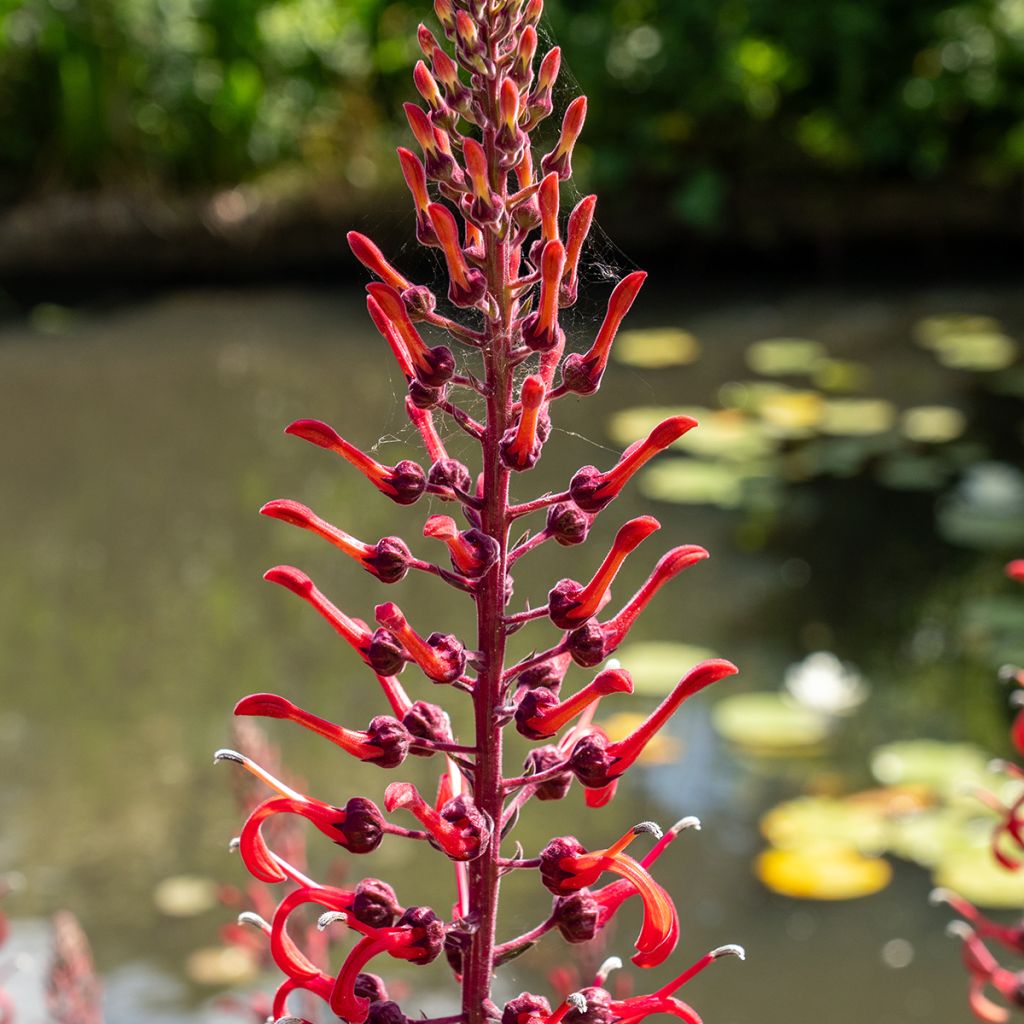

Lobelia tupa - Devil's Tobacco seeds
Lobelia tupa - Devil's Tobacco seeds
Lobelia tupa
Devil's Tobacco
I didn't succeed.
Francoise, 21/01/2020
Special offer!
Receive a €20 voucher for any order over €90 (excluding delivery costs, credit notes, and plastic-free options)!
1- Add your favorite plants to your cart.
2- Once you have reached €90, confirm your order (you can even choose the delivery date!).
3- As soon as your order is shipped, you will receive an email containing your voucher code, valid for 3 months (90 days).
Your voucher is unique and can only be used once, for any order with a minimum value of €20, excluding delivery costs.
Can be combined with other current offers, non-divisible and non-refundable.
Why not try an alternative variety in stock?
View all →This plant carries a 6 months recovery warranty
More information
We guarantee the quality of our plants for a full growing cycle, and will replace at our expense any plant that fails to recover under normal climatic and planting conditions.
Would this plant suit my garden?
Set up your Plantfit profile →
Description
Lobelia tupa, commonly known as "devil's tobacco", is a spectacular and unique perennial lobelia that comes from the Chilean coasts. It will form a lush clump adorned with almond-green foliage in clusters reminiscent of tobacco, and tall flowering stems in summer, adorned with small, strangely tubular, beautiful dark red-purple flowers. This perennial plant deserves a place in an enthusiast's garden or a large exotic bed. To thrive, it will need full sun and well-drained and light, even sandy soil. It is hardy to zone 8. Gardeners in cooler regions can grow it in pots and store them indoors during winter.
Lobelia tupa is a plant from the Campanulaceae or Lobeliaceae family. This South American botanical species naturally grows on sandy terrains, near the sea. It is a fast-growing woody-based perennial. In two years, it forms a clump of leafy stems that reaches a minimum height and width of 90 cm (35in). The angular, purple, and hairy stems are adorned with large ovate and pointed leaves that can reach 20 cm (8in) long and 8 cm (3in) wide. These thick, slightly hairy leaves are arranged in clusters all around the stems. They are beautiful pale green with a hint of grey, and are deciduous when temperatures reach -2/-3°C (28.4/26.6°F). The long-lasting flowering period occurs from July to September-October, depending on the climate, on plants that are at least 2 years old. Flowering stems that easily reach 1.50 m (5ft) high, sometimes 2 to 3 m (7 to 10ft) depending on the climate and growing conditions, emerge from the foliage clump. Each spike-shaped inflorescence bears numerous tubular flowers with prominent lips, 4 to 6 cm (2in) long, composed of curled lobes directed downwards. They are surrounded by a dark purple calyx at the base and range from scarlet to very dark red. The flowers are followed by numerous small black seeds. The Mapuche Indians of Chile used to smoke the leaves of this plant, which they called "tabaco del diablo". It contains substances with hallucinogenic properties similar to those of marijuana.
Lobelia tupa is a spectacular, eye-catching plant. It will fit well in coastal gardens and inland regions with fairly mild winters. For example, it can be planted in a large bed or an exotic-inspired rockery, alongside equally strange and magnificent plants such as Puya, proteas, Melianthus major, Salvia guaranitica or leucantha, or tall viper's bugloss. This perennial plant likes cool roots in summer but will be hardier if the soil remains dry in winter. It can create surprising flowering pots for the terrace that can be stored indoors during winter.
Attention, these seeds for very experienced gardeners who are used to sowing very fine seeds. They are as fine as dust, barely visible to the naked eye.
Lobelia tupa - Devil's Tobacco seeds in pictures
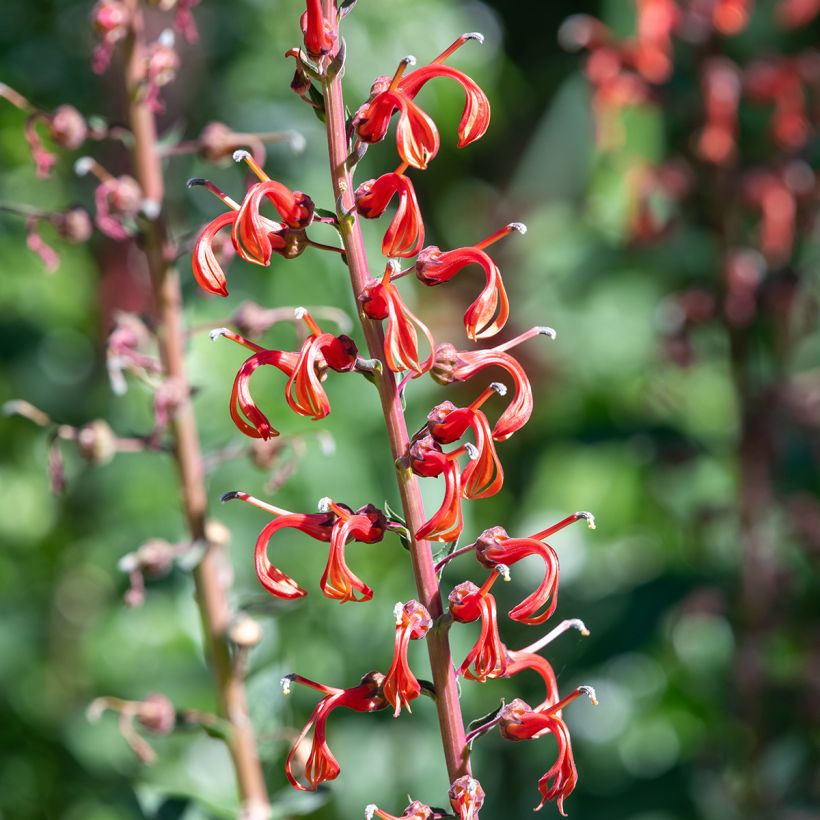

Flowering
Foliage
Plant habit
Botanical data
Lobelia
tupa
Lobeliaceae (campanulaceae)
Devil's Tobacco
South America
Planting and care
Sow your Lobelia tupa seeds in February-March in a good seed compost in a greenhouse or indoors at 20-24°C (68-75.2°F) 0.1 cm (0in) deep, keeping the soil slightly moist until the seedlings emerge. Keep your seedlings in the light. You will have to wait an average of 22 days to see the plants emerge. Transplant them into individual larger pots in May, when they are large enough to handle. Lobelia tupa have a long and generous flowering period from summer until the first frost. They thrive in full sun, in light but fertile, humus-bearing and sandy soil. they are drought-tolerant but prefer to have their roots moist in summer and dry in winter. In their native Chile, these plants grow near the sea, on dry hills with well-drained soil. They will withstand short frosts of around -12°C (10.4°F) if the soil is dry. Lobelia tupa will flower two years after sowing. It is, therefore, a good idea to protect young plants from severe frosts during their first winter, and plant them in the ground in the following spring. Respect a minimum space of 80 cm (32in) between each plant.
Sowing period
Intended location
Planting & care advice
-
, onOrder confirmed
Reply from on Promesse de fleurs
Similar products
Haven't found what you were looking for?
Hardiness is the lowest winter temperature a plant can endure without suffering serious damage or even dying. However, hardiness is affected by location (a sheltered area, such as a patio), protection (winter cover) and soil type (hardiness is improved by well-drained soil).

Photo Sharing Terms & Conditions
In order to encourage gardeners to interact and share their experiences, Promesse de fleurs offers various media enabling content to be uploaded onto its Site - in particular via the ‘Photo sharing’ module.
The User agrees to refrain from:
- Posting any content that is illegal, prejudicial, insulting, racist, inciteful to hatred, revisionist, contrary to public decency, that infringes on privacy or on the privacy rights of third parties, in particular the publicity rights of persons and goods, intellectual property rights, or the right to privacy.
- Submitting content on behalf of a third party;
- Impersonate the identity of a third party and/or publish any personal information about a third party;
In general, the User undertakes to refrain from any unethical behaviour.
All Content (in particular text, comments, files, images, photos, videos, creative works, etc.), which may be subject to property or intellectual property rights, image or other private rights, shall remain the property of the User, subject to the limited rights granted by the terms of the licence granted by Promesse de fleurs as stated below. Users are at liberty to publish or not to publish such Content on the Site, notably via the ‘Photo Sharing’ facility, and accept that this Content shall be made public and freely accessible, notably on the Internet.
Users further acknowledge, undertake to have ,and guarantee that they hold all necessary rights and permissions to publish such material on the Site, in particular with regard to the legislation in force pertaining to any privacy, property, intellectual property, image, or contractual rights, or rights of any other nature. By publishing such Content on the Site, Users acknowledge accepting full liability as publishers of the Content within the meaning of the law, and grant Promesse de fleurs, free of charge, an inclusive, worldwide licence for the said Content for the entire duration of its publication, including all reproduction, representation, up/downloading, displaying, performing, transmission, and storage rights.
Users also grant permission for their name to be linked to the Content and accept that this link may not always be made available.
By engaging in posting material, Users consent to their Content becoming automatically accessible on the Internet, in particular on other sites and/or blogs and/or web pages of the Promesse de fleurs site, including in particular social pages and the Promesse de fleurs catalogue.
Users may secure the removal of entrusted content free of charge by issuing a simple request via our contact form.
The flowering period indicated on our website applies to countries and regions located in USDA zone 8 (France, the United Kingdom, Ireland, the Netherlands, etc.)
It will vary according to where you live:
- In zones 9 to 10 (Italy, Spain, Greece, etc.), flowering will occur about 2 to 4 weeks earlier.
- In zones 6 to 7 (Germany, Poland, Slovenia, and lower mountainous regions), flowering will be delayed by 2 to 3 weeks.
- In zone 5 (Central Europe, Scandinavia), blooming will be delayed by 3 to 5 weeks.
In temperate climates, pruning of spring-flowering shrubs (forsythia, spireas, etc.) should be done just after flowering.
Pruning of summer-flowering shrubs (Indian Lilac, Perovskia, etc.) can be done in winter or spring.
In cold regions as well as with frost-sensitive plants, avoid pruning too early when severe frosts may still occur.
The planting period indicated on our website applies to countries and regions located in USDA zone 8 (France, United Kingdom, Ireland, Netherlands).
It will vary according to where you live:
- In Mediterranean zones (Marseille, Madrid, Milan, etc.), autumn and winter are the best planting periods.
- In continental zones (Strasbourg, Munich, Vienna, etc.), delay planting by 2 to 3 weeks in spring and bring it forward by 2 to 4 weeks in autumn.
- In mountainous regions (the Alps, Pyrenees, Carpathians, etc.), it is best to plant in late spring (May-June) or late summer (August-September).
The harvesting period indicated on our website applies to countries and regions in USDA zone 8 (France, England, Ireland, the Netherlands).
In colder areas (Scandinavia, Poland, Austria...) fruit and vegetable harvests are likely to be delayed by 3-4 weeks.
In warmer areas (Italy, Spain, Greece, etc.), harvesting will probably take place earlier, depending on weather conditions.
The sowing periods indicated on our website apply to countries and regions within USDA Zone 8 (France, UK, Ireland, Netherlands).
In colder areas (Scandinavia, Poland, Austria...), delay any outdoor sowing by 3-4 weeks, or sow under glass.
In warmer climes (Italy, Spain, Greece, etc.), bring outdoor sowing forward by a few weeks.






























